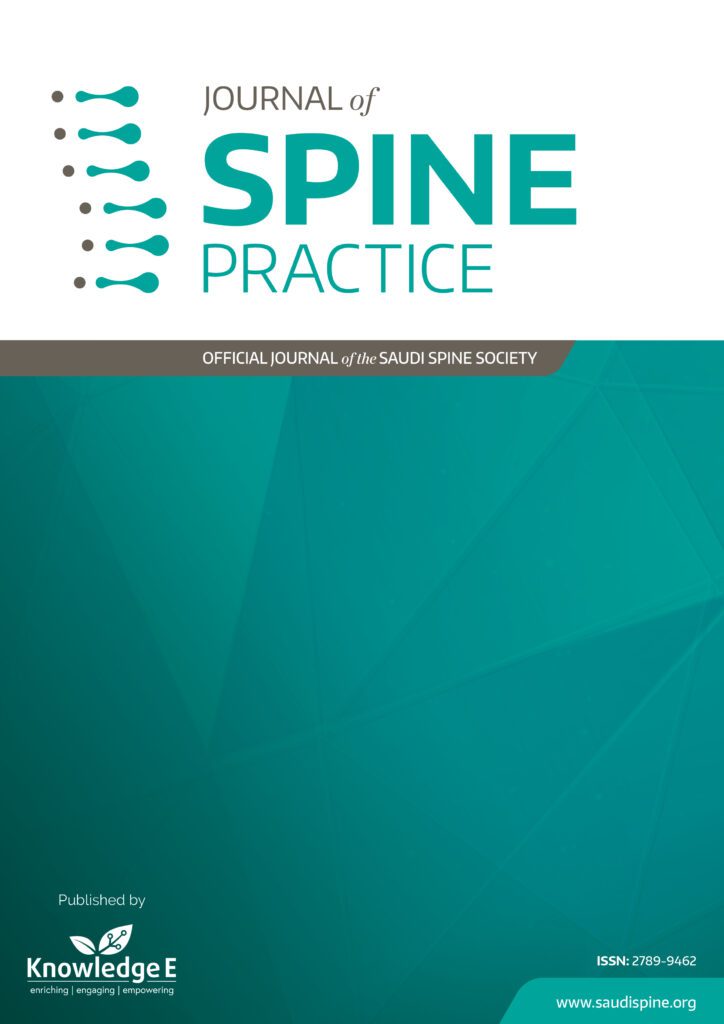
Journal of Spine Practice
ISSN: 2789-9462
Leading research in all spine subspecialties focusing on orthopaedic spine, neurosurgery, radiology, and pain management.
How Often MRI Would Change the Fracture Classification or Decision-making in Thoracolumbar Fractures Compared to CT Alone?
Published date: Nov 07 2021
Journal Title: Journal of Spine Practice
Issue title: Journal of Spine Practice (JSP): Volume 1, Issue 1
Pages: 39
Authors:
Abstract:
Introduction: This study aimed at analyzing the frequency and predictor of the change in classification of TLFs after performing MRI compared with CT alone.
Methodology: This retrospective review included 235 consecutive patients with acute TLFs (T1-L5) who presented at a single level-1 trauma center between 2014 and 2021 and underwent both CT and MRI. Patients with translation injury, neurologic deficit, or osteoporotic fracture were excluded. Three reviewers independently classified all fractures according to AOSpine and Thoracolumbar Injury classification (TLISS) by CT and then MRI. A fourth reviewer only looked at the MRI images. Posterior ligamentous complex Injury was diagnosed on CT and MRI by two positive CT findings and black stripe discontinuity. Mc-Nemar test was used to evaluate the difference in the proportions of AO type A and B.
Result: The AO classification by CT was type A in 181 patients (77%) and type B in 54 patients (23%). The addition of MRI after CT changed AO classification in 25/235 patients (10.6%, P < 0.0001) due to an 8.5% (20/235) upgrade from type A to type B and 2.1% (5/235) downgrade from type B to type A. When PLC injury in CT was defined by one positive CT finding and in MRI by high signal intensity, it significantly increased the rate of fracture reclassification by MRI compared to default analysis (22% and 33% vs 11%, respectively; P < 0.0001). The best predictor of upgrade from type A to type B and downgrade from type B to type A was a single positive CT finding, and the presence of only two CT signs as opposed to three signs, respectively (reclassification rate 26% vs 4.6%, P < 0.0001 and 17% vs 0%, P = 0.03, respectively). Thoracic and thoracolumbar fractures showed a significantly higher reclassification rate than low lumbar (20% and 10% vs 0%, respectively, P = 0.07).
Conclusion: Using appropriate CT/MRI criteria of PLC injury, the rate of fracture reclassification by MRI can be as low as 10%. The use of alternative CT/MRI criteria or inaccurate image interpretation could significantly increase the rate of fracture reclassification up to 20–30%. The rate of change of fracture classification by MRI could be predicted by the number of positive CT findings on CT or fracture level.